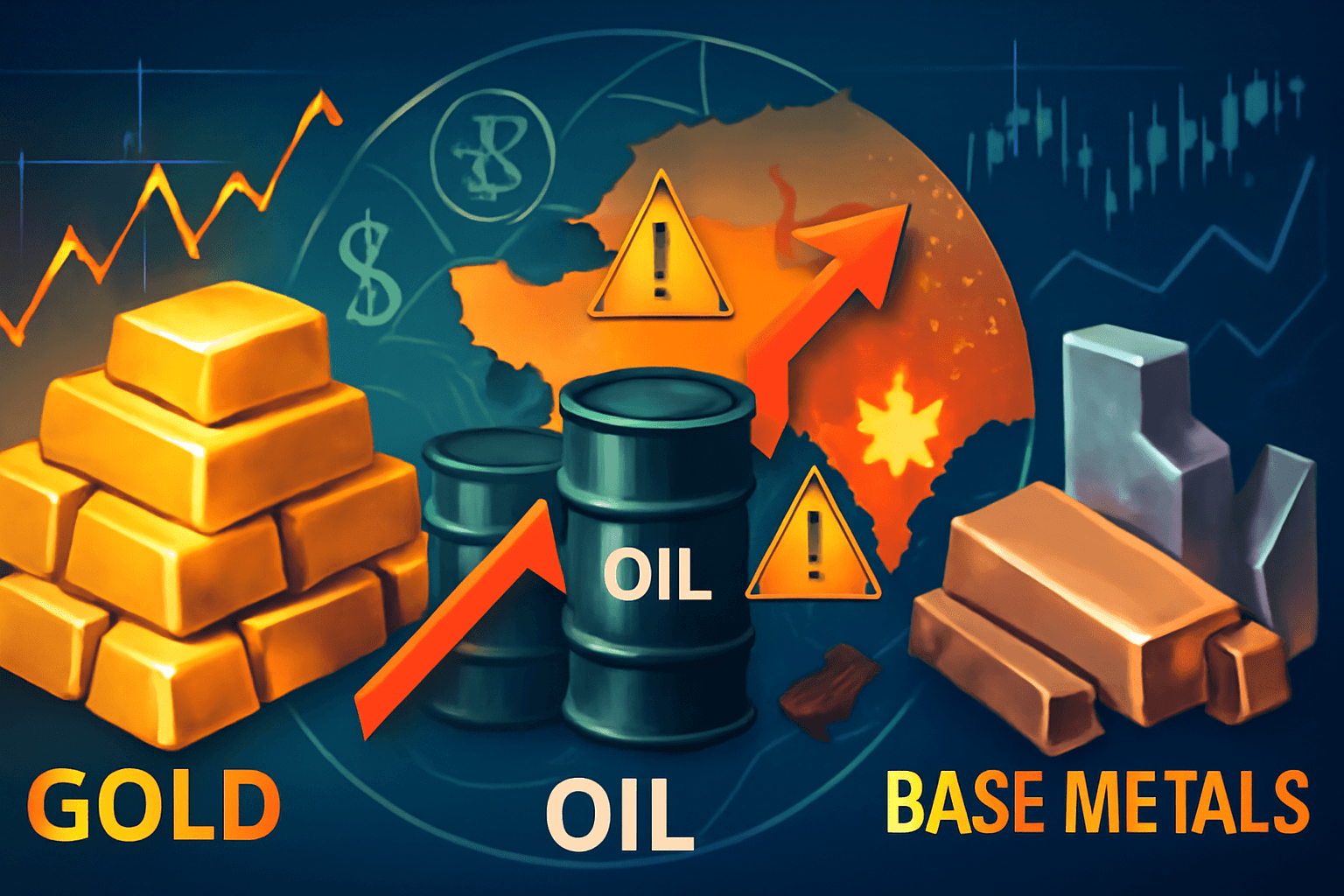Commodity wrap: oil slips 2% on US-China tensions; gold, silver hit new highs

News Summary
Oil prices fell over 2% on Tuesday, driven by escalating US-China trade tensions and a warning from the International Energy Agency (IEA) regarding weakening market fundamentals. The IEA revised its global oil supply growth forecast upwards while lowering its demand growth forecast, and OPEC+ also plans output increases, exacerbating oversupply concerns. Concurrently, gold prices surged above $4,100 per ounce, hitting a record high of nearly $4,191, primarily fueled by expectations of a US Federal Reserve interest rate cut and safe-haven demand amidst US-China conflict escalation. China's sanctions on US-linked subsidiaries of South Korean shipbuilder Hanwha Ocean further heightened tensions. Silver prices also reached a new record high above $52 per ounce, up 120% since the start of the year, largely due to supply squeeze fears and a surge in physical demand from India. Liquidity issues in the London market and declining COMEX inventories underscored supply bottlenecks. However, silver saw a slight correction after its peak, suggesting an overheated market. Copper prices also fell sharply due to trade tensions between the US and China, which are likely to lower demand.
Background
In the current global economic landscape, geopolitical tensions, particularly the trade and technology conflict between the US and China, have profoundly impacted global commodity markets. Relations between President Donald Trump's administration and President Xi Jinping's government remain strained due to tariff threats, export controls, and mutual sanctions, despite planned meetings to de-escalate tensions. Concurrently, the global energy market faces challenges in rebalancing supply and demand. The International Energy Agency (IEA) and OPEC+ regularly publish market reports assessing global oil supply and demand outlooks, and their forecasts are crucial for oil price movements. Regarding monetary policy, the Federal Reserve's interest rate decisions directly influence the attractiveness of non-yielding commodities like gold and silver, with market expectations leaning towards potential rate cuts.
In-Depth AI Insights
Does the escalating US-China tension impact commodity markets beyond simple supply and demand dynamics? Yes, its impact extends far beyond simple supply and demand. While seemingly trade friction, the deeper underlying dynamic is strategic competition aimed at reshaping global supply chains and technological hegemony. - For industrial commodities like copper and oil, tensions affect prices by suppressing demand and disrupting supply chains, leading to price declines that reflect a downward revision of global economic growth expectations. - For safe-haven assets like gold and silver, a rising geopolitical risk premium drives investors to seek refuge, pushing prices higher, even as other markets recover. - China's sanctions on a South Korean shipping company and additional port fees imposed by both the US and China indicate an expansion of the conflict beyond trade, potentially accelerating